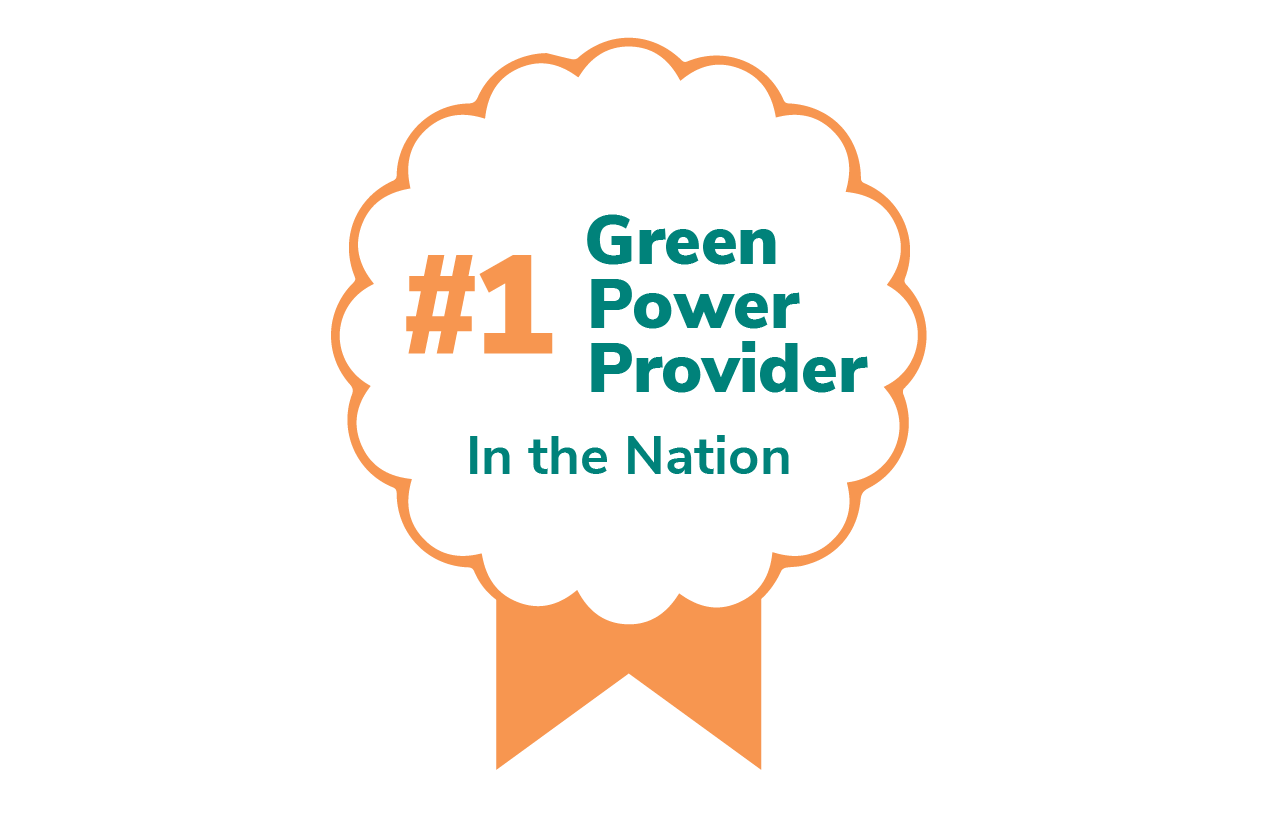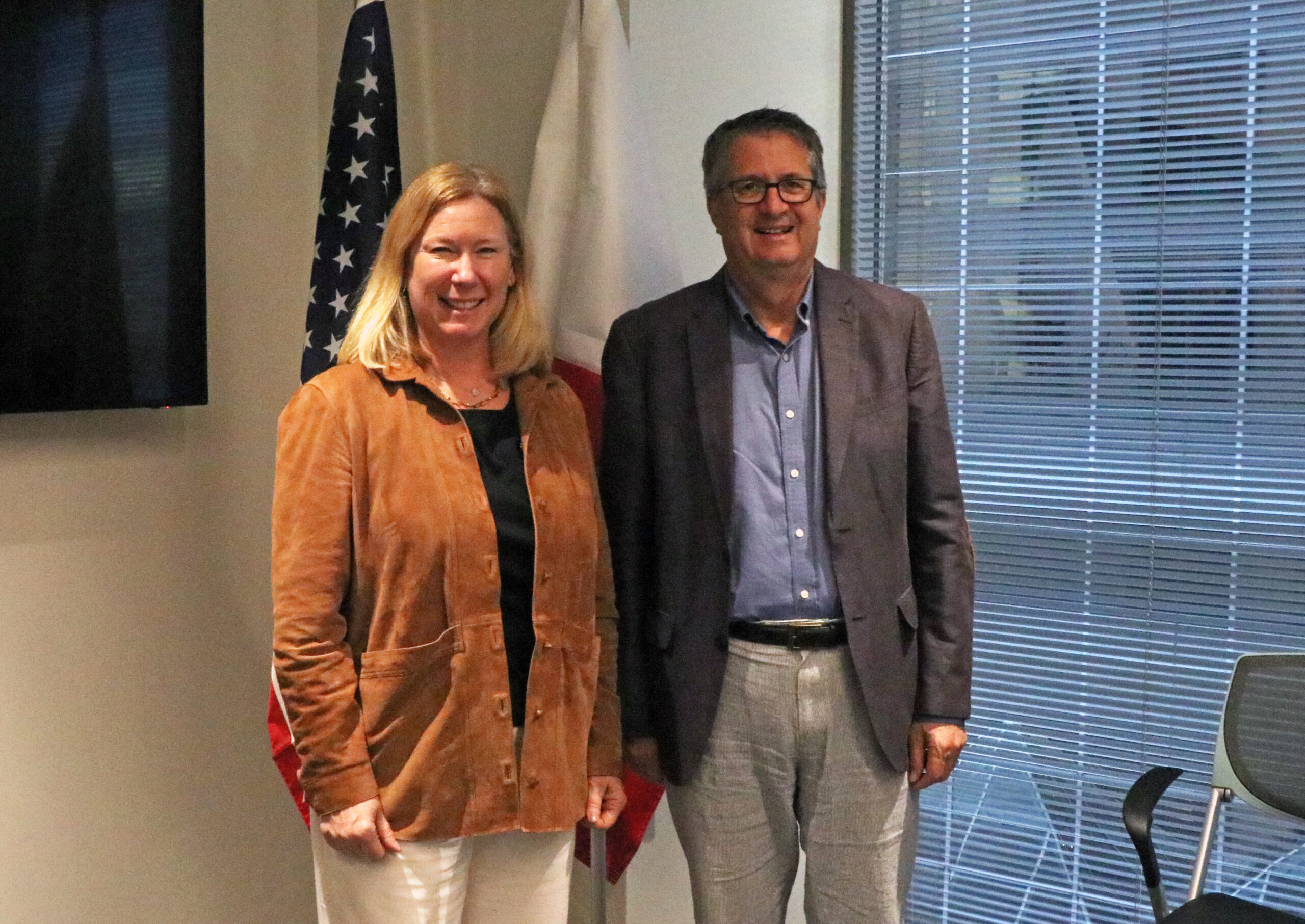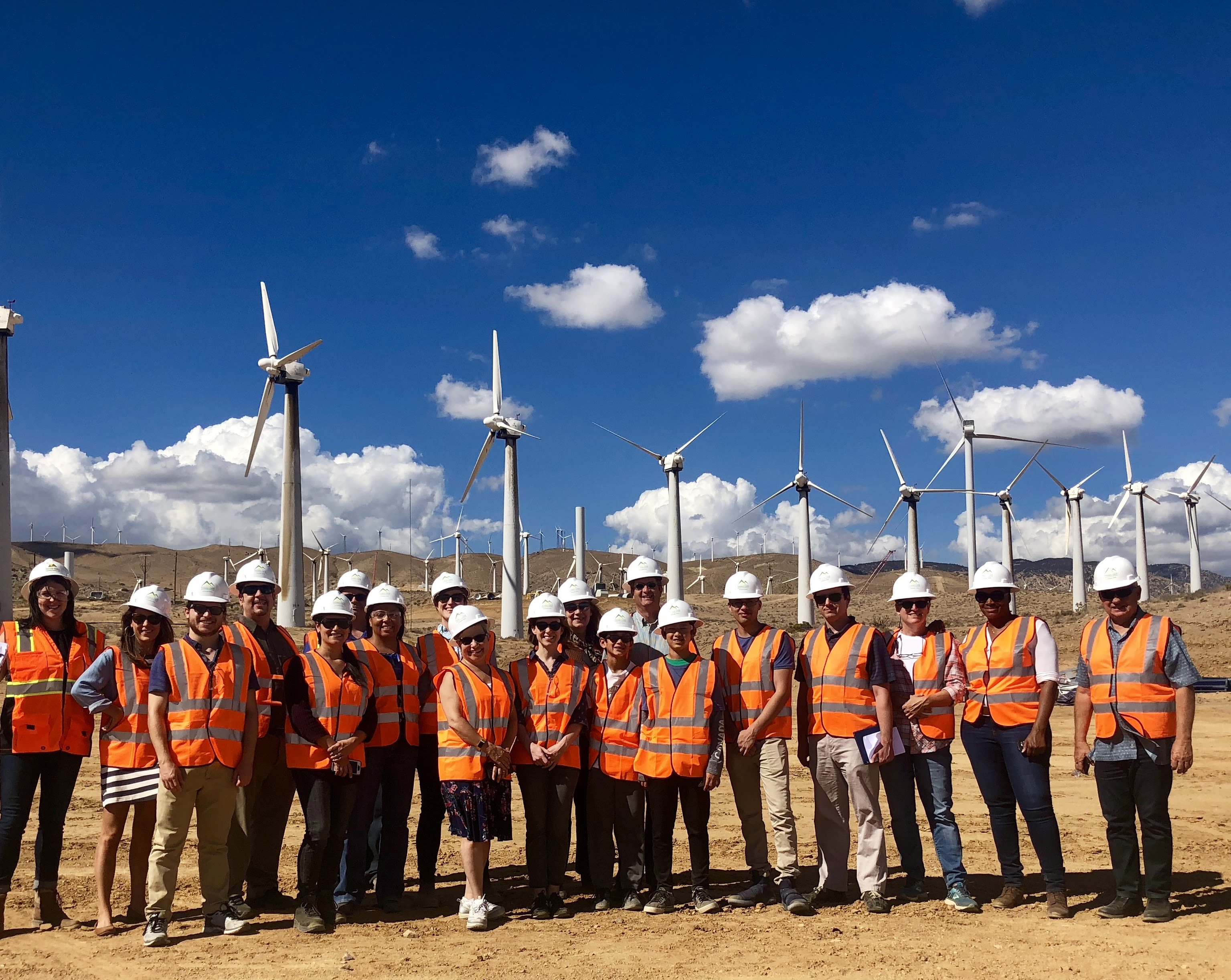Beth Vaughan, the Chief Executive Officer of the California Community Choice Association (CalCCA), recently provided an outlook on energy related developments and policy updates affecting community choice aggregators (CCAs) as well as customer program successes across California.
CalCCA represents the interests of California’s community choice electricity providers to the state legislature and with state regulatory agencies, including the California Public Utilities Commission (CPUC), California Energy Commission (CEC), California Independent System Operator (CAISO), and the California Air Resources Board (CARB).
Vaughan focused on several key developments, including the expansion and growing successes of CCAs, emerging priorities for local governments and elected officials, the impact of ongoing environmental issues on the California electrical grid and investments in resiliency planning.
“I started this job in 2017, the year after CalCCA was formed,” she said. “In my first year with CalCCA, five CCAs launched, and ten more followed the next year. Seeing that growth has been super exciting.”
CCA growth has driven the construction of many new renewable energy and energy storage resources throughout California and the West to serve CCA customers, Vaughan noted. “Each November, we announce the progress CCAs are making on the clean energy front,” she said. “CCAs have collectively signed 346 long-term power purchase agreements with new-build resources totaling 18 gigawatts!”, Those PPAs equate to $37 billion committed by CCAs to build and operate renewable and energy storage resources, according to CalCCA’s annual tally, and support for more than 36,000 construction jobs.
Twenty-five CCAs, including CPA, now serve over 14 million people in more than 200 cities and counties – approximately a third of the population of California. CalCCA’s mission has included supporting the development and long-term sustainability of CCAs statewide.
CalCCA has been a leading advocate for CCAs throughout California, spearheading efforts to reduce customer electricity rates by engaging with CCAs to collect data and explore new opportunities. The organization has also played a pivotal role in mitigating risks, ensuring that CCA customers benefit from innovative energy solutions, and providing valuable data analytics that support the state’s transition to a clean energy future.
“There is an expansion now into areas that are more inland,” Vaughan said. “Recently, East Bay Community Energy changed its name to Ava Community Energy (Alameda to the Valley,) due to the expansion of service to Tracy and the City of Stockton. The County of San Joaquin has just signed up as well. CCAs continuously ask their communities what is important and what we should be doing on affordability, reliability and resilience as well as decarbonization, which I believe is still very much a priority for these communities.”
The past few years have been crucial in advancing the state’s sustainability and resilience efforts, as communities grapple with the escalating impacts of climate change. During this time, CCAs have continued to work to solidify their role in shaping California’s clean energy future, while delivering on the promise of clean, affordable and reliable power to millions of residents and businesses.
Vaughan highlighted how innovative CCAs have been in working to include members of their local communities, including two years ago when the Yurok tribe joined Redwood Coast Energy Authority’s governing board. This pioneering example took inclusion to a new level, using a special tri-powers authority to include a local tribe in a CCA’s mission.
She also emphasized that CCAs have been effective in executing their goal of supporting local communities through investments in essential programs by being quick to react to local needs.
“CCAs are looking at what their communities want and then responding to it, and that’s the magic,” she said. “You couldn’t have the large investor-owned utilities do that because they’re spread so thin across such a large territory. But CCAs can look at exactly what their communities need and really build from the ground up.”




